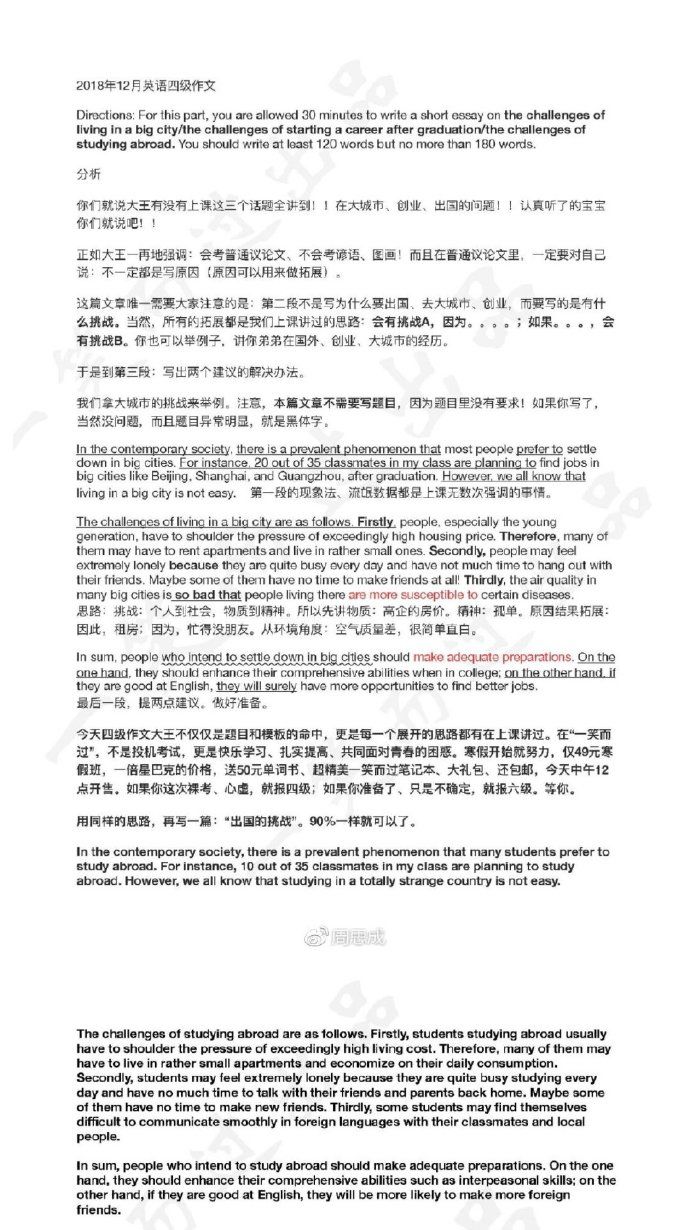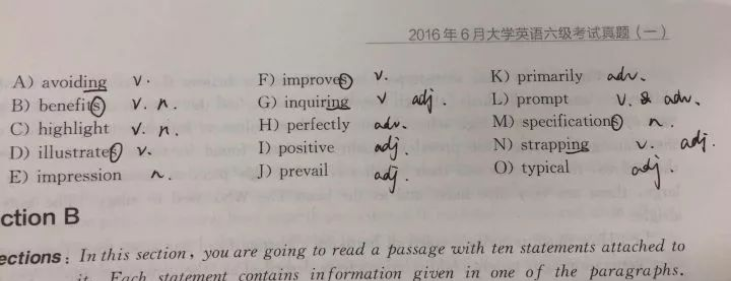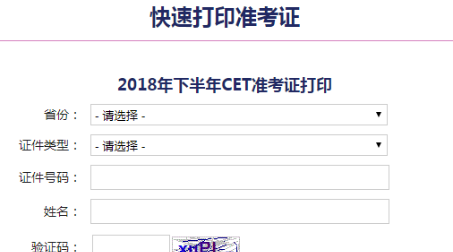2008年职称英语考试阅读理解习题(四十七)
|
Hypertension Drugs Found to Cut Risk of Stroke Australian doctors declared Monday that a cocktail of simple antihypertensive drugs can lower the risk of patients suffering a repeat stroke by more than a third. This is the result of their research. The research, presented at a medical conference in Italy over the weekend, has been valued highly as a major breakthrough in stroke prevention. Strokes kill 5 million people a year, and more than 15 million suffer non-fatal strokes that often leave them with useless limbs, slurred speech and other serous disabilities. One in five stroke survivors goes on to have a second, often fatal, stroke within five years of the first. An international six-year study of 6,100 patients directed from Sydney University found that by taking two blood pressure-lowering drugs, the risk of secondary strokes can be reduced by up to 40 per cent. Even taking one of the commonly available drugs can cut the risk by a third, the study said. The drugs are the diuretic indapamide and the ACE inhibitor perindopril, better known by its brand name Coversy. The combination was effective even in patients who did not have high blood pressure, the researchers said. They even found that the risk of another stroke could be cut by three quarters among the one-in-10 patients who had suffered a cerebral hemorrhage, the worst type of stoke, where there is direct bleeding into the brain. Stephen McMahon, who presented the research at the Milan congress of the European Society of hypertension, said about 50 million people were alive who had suffered at least one stroke. “If most of those patients were able to get access to this treatment, it would result in maybe the avoidance of half a million strokes a year,” the professor told Australia’s ABC Radio. McMahon said doctors had long known that lowering the blood pressure of those with hypertension could help prevent strokes. “What we have shown for the first time is that it does not really matter what your blood pressure is; if you have had a stroke, the lowering blood pressure will produce large benefits, to begin with—even for people whose blood pressure is average or below average,” he said. McMahon said the Milan gathering had heralded the research as a “major breakthrough in the care of patients with strokes—perhaps the biggest step forward that we have made in the last couple of decades. ” 1. How many people surviving the first stroke may suffer another attack during the following five years? A. More than 33% of them. B. Up to 40% of them C. 20% of them. D. 10% of them. 2. Taking two blood pressure-lowering drugs may produce _____less risk of secondary strokes than taking only one such drug. A. three quarters B. nearly four tenths C. one fifth D. about one fourteenth 3. Which of the following is NOT a symptom left by strokes? A. Habitual sleeplessness. B. Losing the function of one more extremities. C. Speaking unclearly. D. Serious disabilities such as facial paralysis. 4. How many strokes may be reduced in a year if most of stroke patients can be treated in the way as the article recommends? A. 5,000,000 B. 500,000 C. 50,000,000 D. 15,000,000 5. What patients among those who have had a stroke will benefit greatly from taking blood pressure-lowering drugs? A. Those whose blood pressure is high. B. Those whose blood pressure is average. C. Those whose blood pressure is below average. D. All of the above. |








